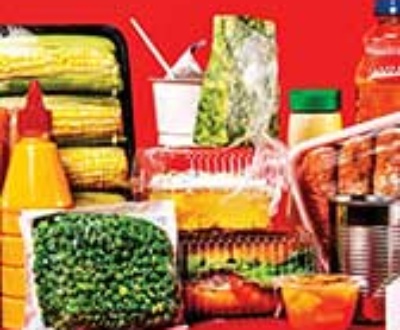In this issue I want to talk about insects — but first a bit about plants. Nearly every creature on earth owes its existence to plants. Plants are the only organisms capable of capturing the sun’s energy and, through photosynthesis, turning that energy into food for the rest of us. Basically, all life depends on plants because only they can capture the sun’s energy and turn it into food.
Because animals directly or indirectly depend on plants for their food, the diversity of animals in a particular habitat is very closely linked to the diversity of plants in that habitat.
A large percentage of animals depend almost entirely on insects to access the energy stored in plants.
Worldwide, 37% of animal species are insect herbivores (insect plant eaters). A large percentage of animals depends almost entirely on insects to access the energy stored in plants. Insects are unusually nutritious, pound for pound most insect species contain more protein than beef. 96% of our land birds feed their chicks insects.
So insects are crucial as a primary food source for birds and are underappreciated for their role in the food web. They are the sole food source for many amphibians, reptiles, birds and mammals. In addition to being a food source, insects are pollinators! 75% of our crops producing fruit and seeds depend on them. Insects also act as pest controllers, and recycle nutrients.
Plant eating insects (herbivores) include caterpillars, grasshoppers, flies, aphids, fly and moth larvae and butterflies. Crucially, 75% of insect herbivores can only eat specific plants!!!
Plants have compounds in their leaves that give each plant species a particular and unique tast, digestibility and toxicity. These compounds are developed to protect the plant from being eaten and are toxic to all animals that have not developed the enzymes needed to detoxify them. 90% of insect herbivores are specialists and can only eat plants they have evolved with. Other plants cannot serve as food for these insects. Now you have another vital reason to plant native species in your yard. No food,no insects, no birds.
A good example for us in South Florida is the Atala butterfly. Butterflies have 4 stages an egg, larva (caterpillar), pupa, adult butterfly. Host plants are plants that host the caterpillars. Nectar plants are food sources for the adult butterfly. The native coontie plant is the host plant for the Atala caterpillar, which is red with rows of yellow spots. When the caterpillar eats the coontie the coontie’s natural toxins make the caterpillar poisonous to predators who have learned to avoid these brightly colored beauties. Plant coonties at your house so you can host this butterfly.
For more information about attracting butterflies click here for a PDF of a brochure I wrote when we did the butterfly garden at the Coral Gables Branch Public Library. It gives the plants to plant and the butterflies they attract. Enjoy!
Bees and butterflies are important pollinators carrying pollen on their bodies from bloom to bloom as they feed. Detrivores like beetles and earthworms eat decaying matter like fruit or vegetables, Parasitoids live on a host and ultimately kill the host like wasps and ants and Predators eat plant eating insects. Predator insects include beetles, wasps and ladybugs.
These predators act as natural regulators in the garden. For example hornworms eat tomatoes, tobacco, and potatoes, and wasps attack and eat hornworms. Corn has an “induced” defense that attracts the natural enemies of the insect that is eating it. When the insects start to attack the corn it triggers the production of air-borne compounds that attract the wasps that eat those insects. When the predatory insects reach the plant it finds dinner waiting for it!!! Nature is pretty NIFTY isn’t it!
Insects are essential for all ecosystems, as pollinators, food for other creatures and recyclers of nutrients. Unfortunately, we humans have been responsible for a 45% decline in insect populations in just the past 40 years. The UN Global Assessment Report on Biodiversity and Ecosystems found that a million plant and animal species, mostly bugs are at risk of extinction. BUT, there is nothing inevitable about this, each one of us can work to bring back these populations.
About 73% of the U.S. is privately owned land. What if each landowner converted half their yard to productive plant communities. Have a pollinator garden! Go to the National Wildlife Foundation site to learn how. Be part of the Million Pollinator Garden Challenge. You can become part of the solution AND have a beautiful yard teeming with butterflies and birds.
Jaret Daniels
Creating Pollinator Pathways in the Built Environment – July 8, 2020
About the Author

Linda Lawrence Waldron currently writes the Green Gables column in Gables Living Magazine. Linda was Chairman of the Garden Club's Coral Gables Library Butterfly Garden Committee.
Sign up here for email notifications about new Green Gables articles!
More from our blogs
See all postsRecent Posts
- April 2023 April 1, 2024
- Good News on Environmental Plastics February 1, 2024
- Material World / Plant World January 1, 2024
Leave a Comment cancel
This site uses Akismet to reduce spam. Learn how your comment data is processed.










